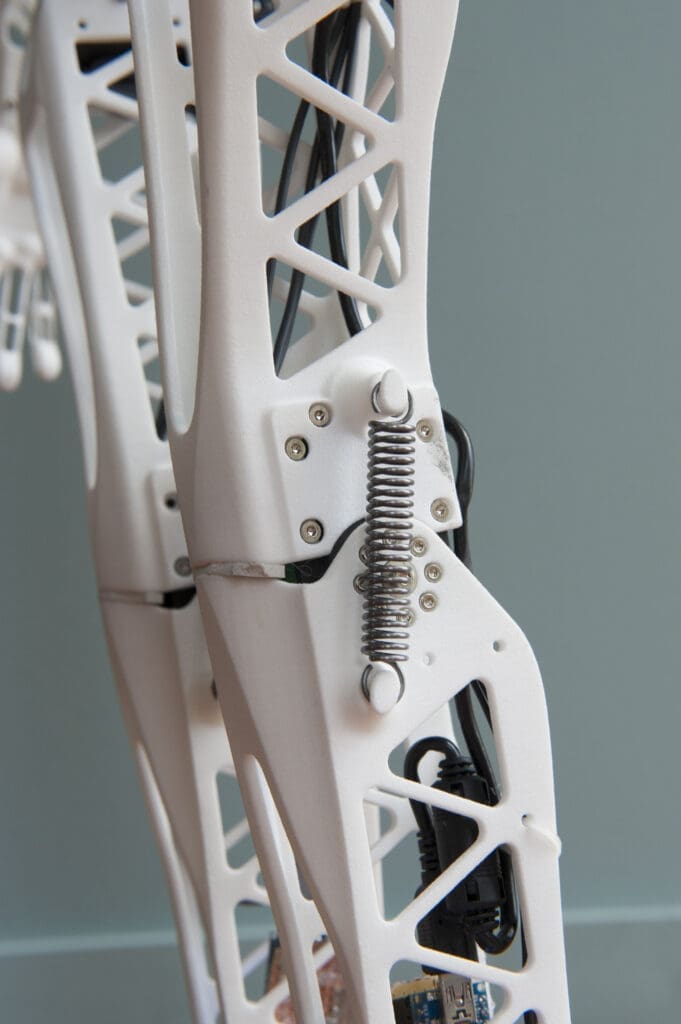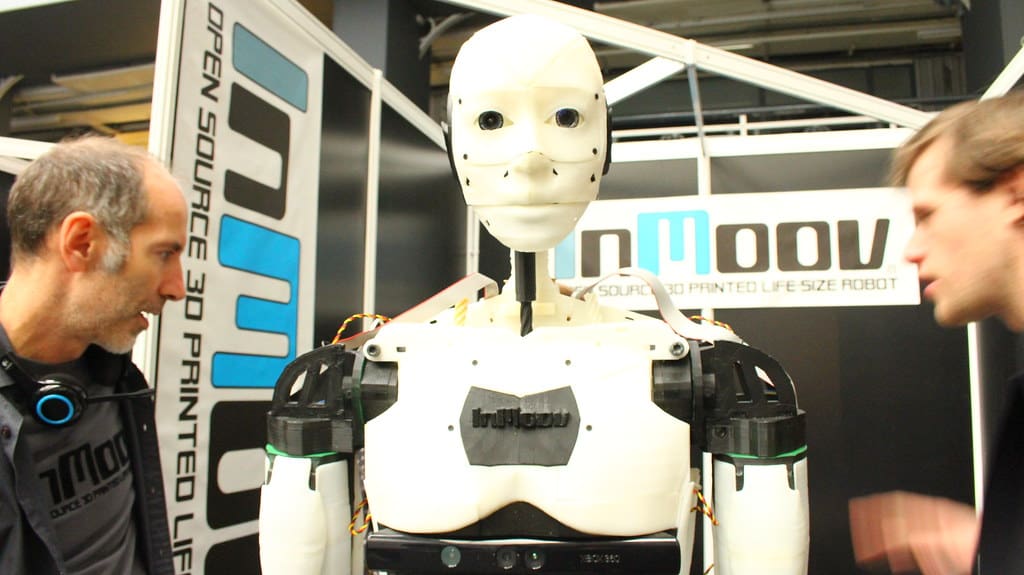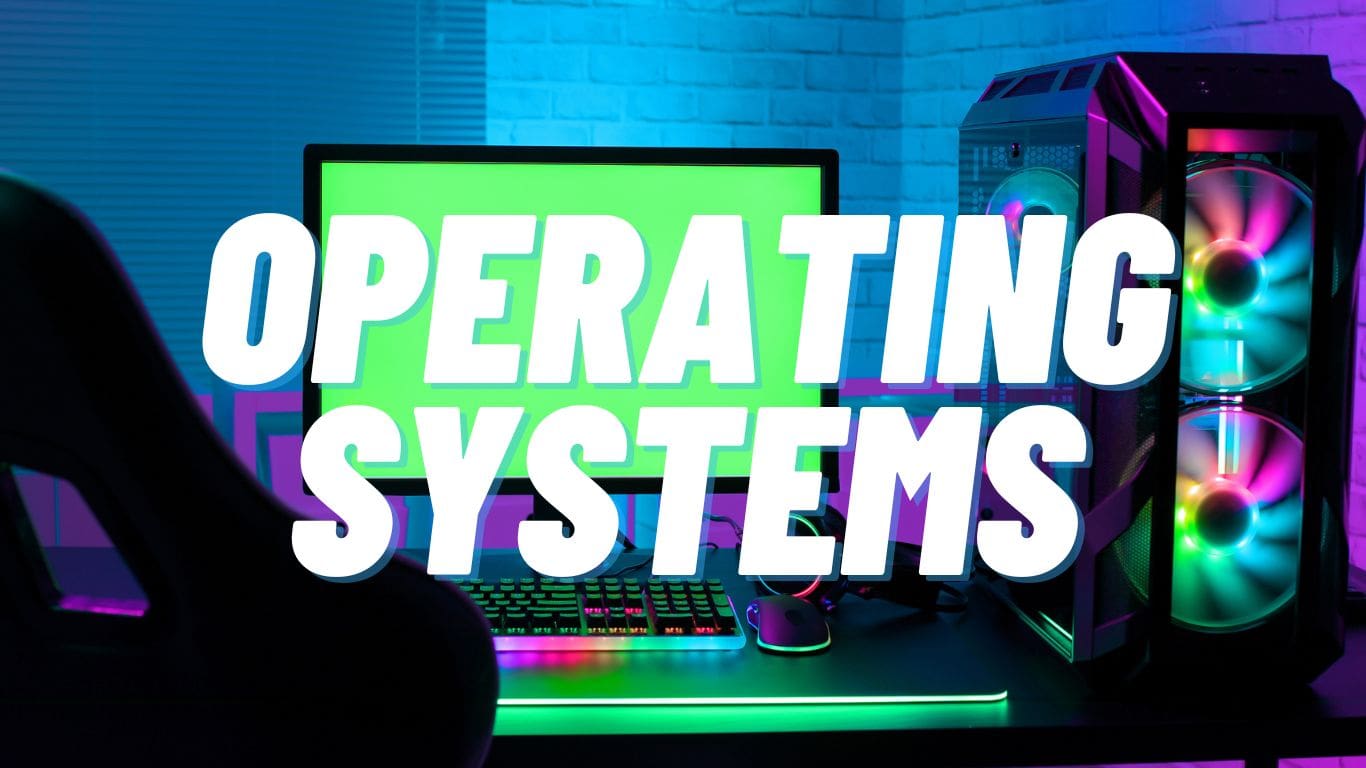Mechatronics engineering, a multidisciplinary field that combines mechanics, electronics, and computing, focuses on designing and manufacturing intelligent systems and smart products. As industries seek more advanced and integrated solutions, 3D printing, or additive manufacturing, is emerging as a transformative technology in this field. It offers unparalleled opportunities for innovation in the design and prototyping of components that form the backbone of mechatronic systems. This technology facilitates the rapid development of customized, complex assemblies that integrate electrical and mechanical functions, significantly enhancing the functionality and efficiency of mechatronic devices.
The Emergence of 3D Printing in Mechatronics Engineering
Initially utilized for rapid prototyping, 3D printing has evolved to support the direct manufacturing of functional, multi-material components essential for mechatronics applications. Advances in 3D printing technologies and materials capable of conducting electricity, enduring mechanical stresses, and withstanding varied environmental conditions have broadened its application in mechatronics engineering. This evolution allows for the creation of parts that are not only mechanically robust but also incorporate electrical pathways, sensors, and other active elements in single manufacturing processes.

Advantages of 3D Printing in Mechatronics Engineering
Complex Component Fabrication: 3D printing excels at producing components with intricate geometries and integrated functionalities, essential for the compact and efficient design of mechatronic systems. This capability facilitates the consolidation of multiple parts into single, more efficient units.
Rapid Prototyping and Iterative Design: The technology enables quick prototyping, allowing engineers to develop, test, and refine mechatronic components and systems rapidly. This accelerates the innovation process, enabling faster adaptation to technological advancements and market needs.
Customization and Scalability: 3D printing offers unmatched customization, making it ideal for developing bespoke solutions tailored to specific applications or user requirements. This includes everything from personalized robotics to tailored sensor arrays.
Material Efficiency and Reduced Waste: Additive manufacturing builds objects layer by layer, using only the material necessary to create the part. This process significantly reduces waste compared to traditional subtractive manufacturing methods, aligning with sustainability goals.
Key Applications of 3D Printing in Mechatronics Engineering
Integrated Circuitry and Electronics: 3D printing is used to create complex electronic housings that include custom-fit channels and mounts for wiring, circuit boards, and sensors, crucial for reducing size and improving the reliability of mechatronic devices.
Robotic Components and Assemblies: From robotic arms to drones, 3D printing allows for the production of lightweight, structurally optimized components that integrate mechanical and electronic functions essential for modern robotics.
Custom Sensors and Actuators: Mechatronic systems often require uniquely shaped sensors and actuators to fit specific applications. 3D printing can produce these components with precise electrical and mechanical properties.
Prototyping of Dynamic Systems: Prototypes of dynamic systems like automated machinery, intelligent automotive components, and smart consumer products can be rapidly produced and iterated, greatly reducing development times and improving product outcomes.

Challenges in 3D Printing for Mechatronics Engineering
Despite its potential, the integration of 3D printing in mechatronics engineering faces several challenges:
Material Properties and Performance: Developing materials that can reliably perform both mechanically and electrically under operational stresses is challenging. Ongoing advancements in composite and hybrid materials are necessary to address these issues.
Precision and Reliability: Ensuring high precision and reliability in printed components is crucial, especially for mechatronic applications where small errors can lead to significant functional failures.
Scalability and Production Speeds: While 3D printing is ideal for prototyping and small-scale production, scaling up to industrial manufacturing levels remains cost-prohibitive and technically challenging with current technology.
Regulatory and Standard Compliance: Components used in critical mechatronic applications, especially in sectors like aerospace and medical devices, must comply with stringent regulatory standards. Achieving certification for 3D-printed mechatronic components can be complex and time-consuming.
Future Directions in 3D Printing for Mechatronics Engineering
The future of 3D printing in mechatronics engineering is promising, with ongoing advancements likely to mitigate current limitations. Innovations in multi-material printing, increased precision, and enhanced electrical and mechanical properties of printing materials are anticipated to broaden the applications of 3D printing, making it more integral to the field.
3D printing is set to continue its transformative impact on mechatronics engineering, providing innovative solutions that enhance system integration, design flexibility, and manufacturing efficiency. As the technology evolves, it promises to redefine the production of intelligent systems and devices, leading to more sophisticated, efficient, and personalized solutions across various industries.








